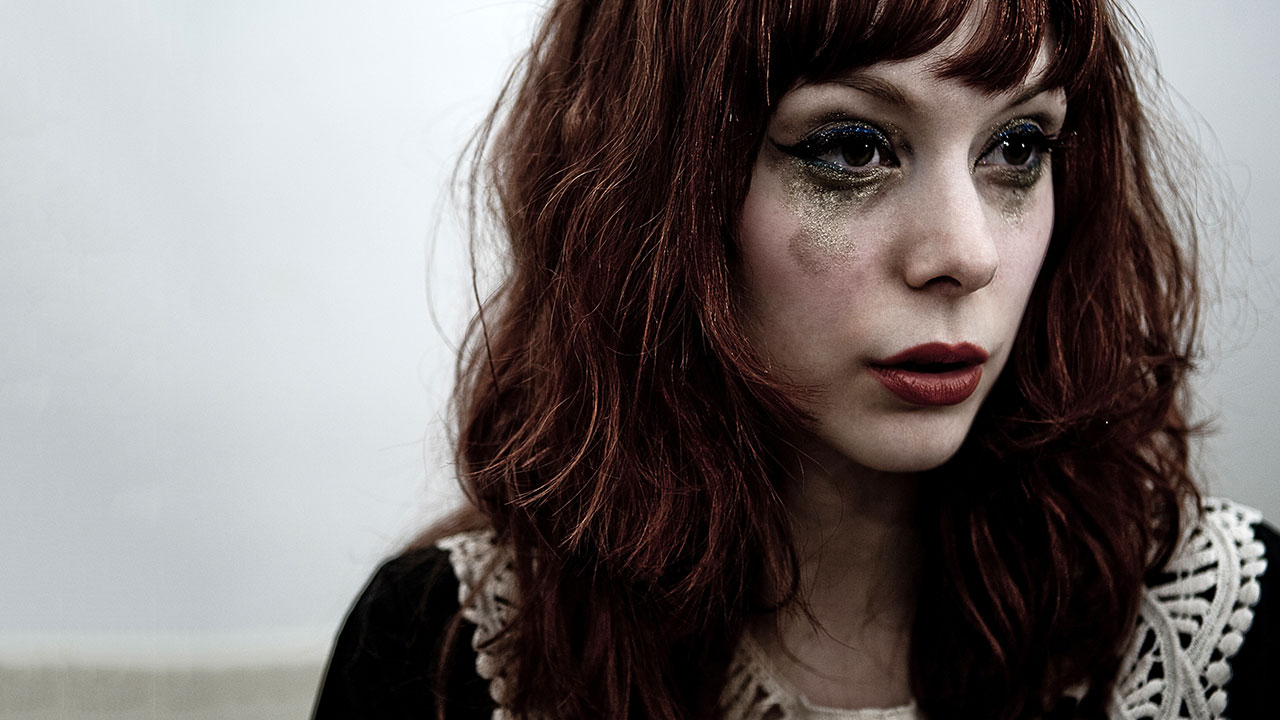The Anchoress has released the second song from her upcoming album, The Art Of Losing – released via Kscope on March 5. Unravel announces itself with string quartet that unfolds to a pulsating beat that collides with Cure-esque guitars, vintage synths, and a mournful vocal. The track has been billed as a 21st century reworking of Kate Bush’s Running Up That Hill and the striking lyric video was inspired by David Lynch’s Mulholland Drive. It includes the work of New Zealand photographer Lily Warring.
The Art Of Losing has been written and produced by The Anchoress, aka Catherine Anne Davies. “I feel passionate about the idea that it shouldn't be a novelty to see women behind a mixing desk,” she says. “There’s lots of us out there!” It’s been mixed by Grammy-award winner Mario McNulty (David Bowie).
The album title is inspired by the opening line of the Elizabeth Bishop poem One Art – Davies’ PhD in literature helped her pay for her first album, Confessions Of A Romance Novelist. Its 14 tracks explore death and the process of trying to climb out of the detritus and make something from it. During the last few years Davies has experienced huge personal loss, from the untimely death of her father from an aggressive brain tumour to her undergoing treatment for cervical cancer, and navigating multiple miscarriages and surgeries; these tracks seek to find purpose during grief.
The album's first single Show Your Face responds to toxic masculinity and leans in to the #MeToo movement (with guest guitars from Manic Street Preachers’ James Dean Bradfield). The patriarchal dynamics of the music industry are explored on the wurltizer-led With The Boys. At the emotional centre of the album is 5am - a haunting song that looks at the visceral physical impact of sexual assault and baby loss, with its quiet but powerful contemplation of the shared female experience.
At the album’s healing heart, there’s a Scott Walker-eque baroque feel to Davies’ vocals, which are bookended by a series of Max Richter-inspired orchestral instrumental pieces. Loss is figured in both its raw newness and as a propelling energy, with hook-laden nods to Bowie’s Berlin-era. Elsewhere, the John Grant and Father John Misty flavoured Let It Hurt explores “the ways in which we distract ourselves from grief”, while the sound-collaged segues recall the more experimental side of prog.

